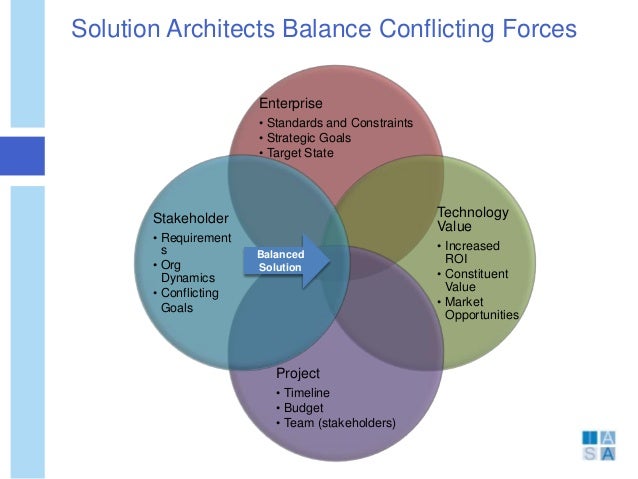
What are the skills required for solution architects? In order to be able to align IT solutions with business goals, solution architects also possess strong management and communication skills as well as organisational skills. Solution architects are familiar with various operating systems and databases and have a working knowledge and interest in new developments & technical trends such as AI, Machine Learning, and DevOps. These architects also have experience working with IT infrastructure such as AWS or Azure.
#SOLUTION ARCHITECT SOFTWARE#
They possess in-depth understanding of coding languages such as Java and JavaScript, and have knowledge of backend software development such as microservices and API design. Solution architects have technical and entrepreneurial understanding of business processes and have proven experience in engineering and software architecture design.


> Find expert Solution architects here < Skills of a solution architect

The tasks of a solution architect relate to technological solution concepts and strategies for the integration of IT solutions in the company. Technical architects, on the other hand, have a more applied role and make sure that technological designs are in line with a business’s goals. Solution architects are more focused on figuring out what an organisation’s needs are and how IT processes can assist them. Though both technical and solution architects work together, their responsibilities may differ. What is the difference between a technical architect and a solution architect? The focus is on technical decisions made based on the proposed solution and what impact they have on business outcomes and interfaces. They are in charge of the architectural design of the solution and are required to translate requirements within an organisation into technical solution designs that can be implemented by software architects and software developers. They then help integrate these solutions into the existing system landscapes. A solution architect’s primary role is to analyse how complex functional, technical, and business requirements contribute to solving a specific problem.


 0 kommentar(er)
0 kommentar(er)
